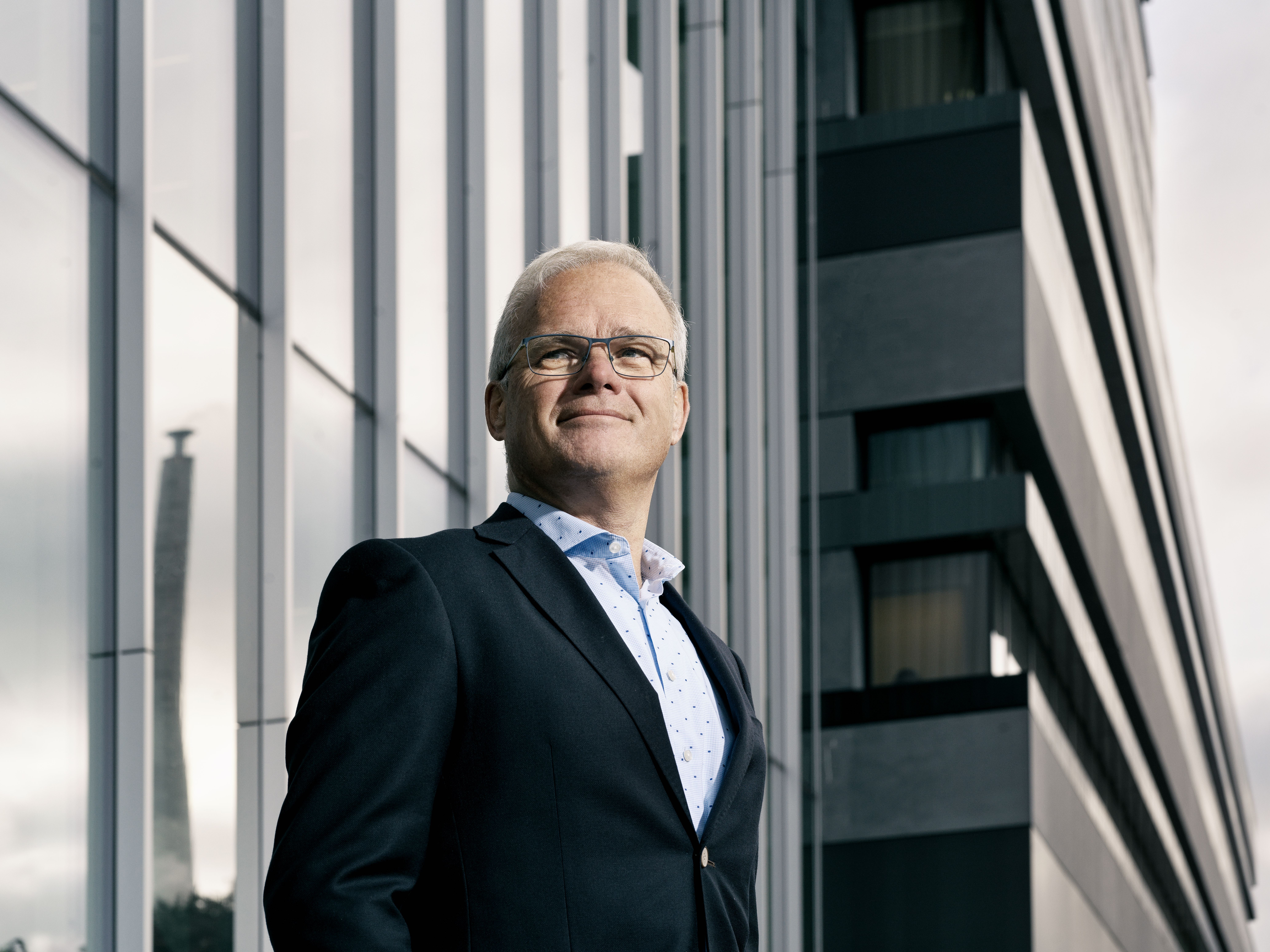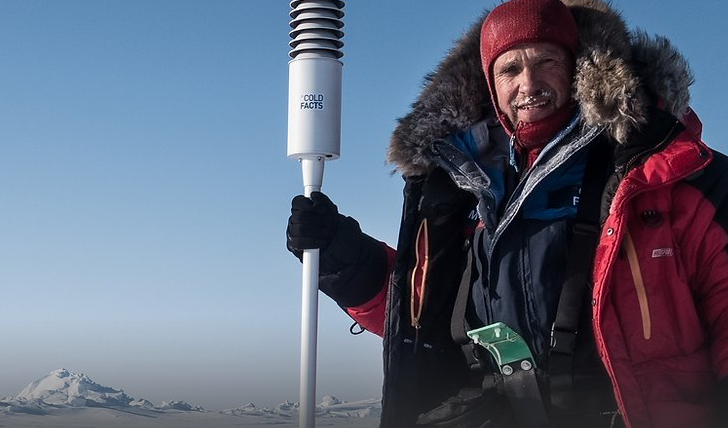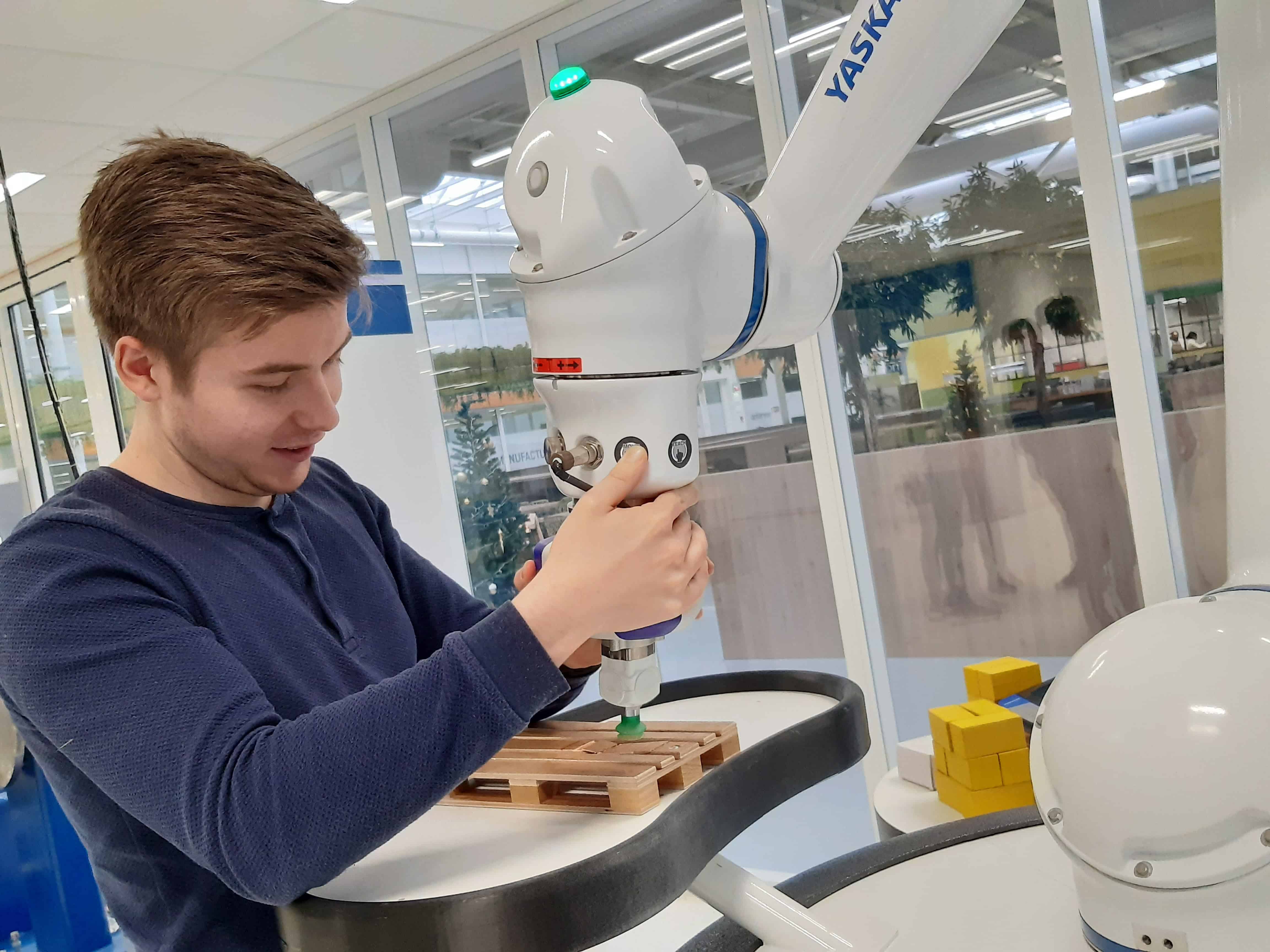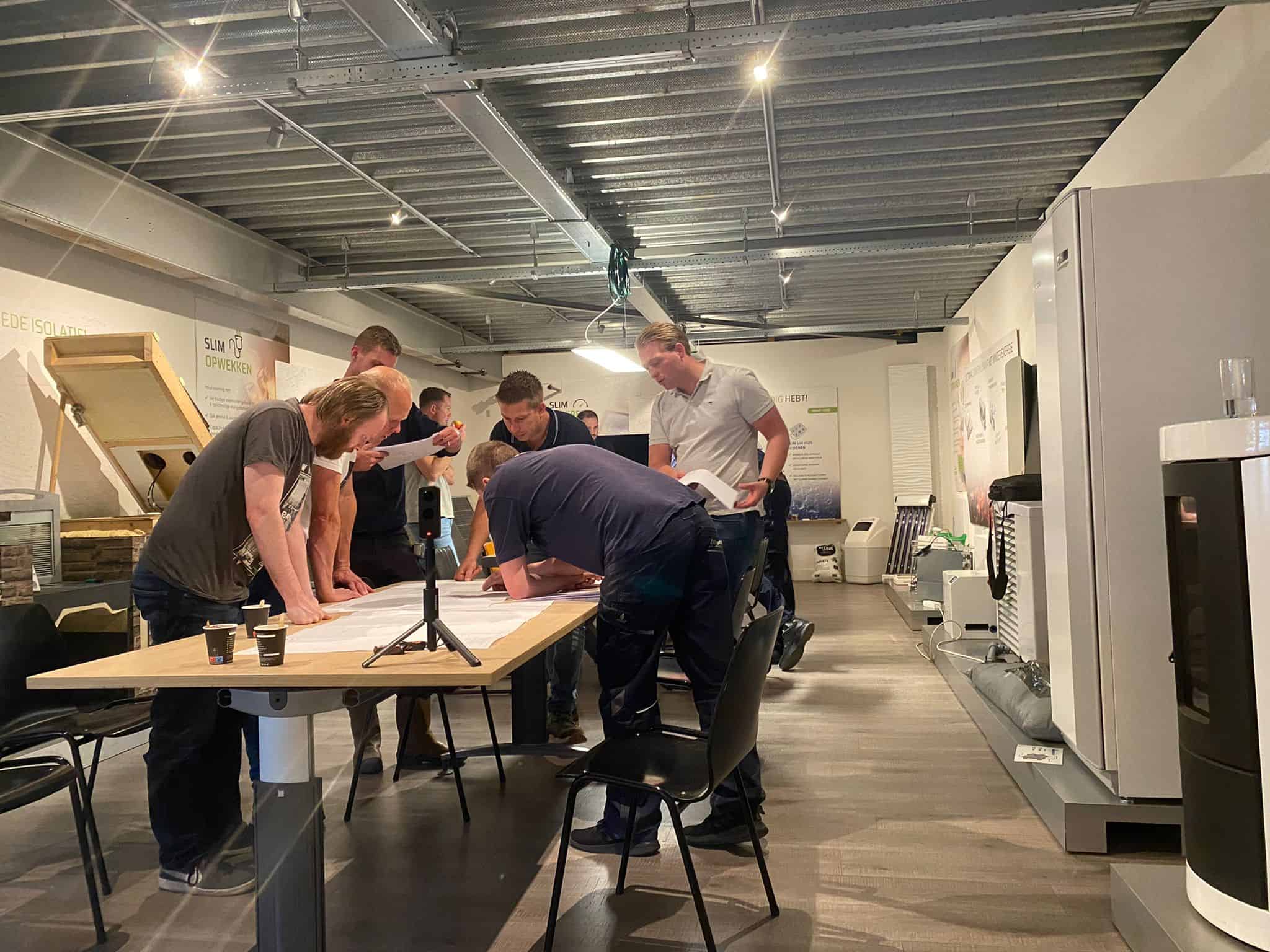
The idea behind CHILL (Chemelot Innovation and Learning Labs) is basically pretty simple: create a place where education, business and science can come together to learn from each other and innovate together. That place is the Brightlands Chemelot Campus in Geleen, the center of chemistry in the Dutch province of Limburg. And that is proving to be something very special: “In the land of Centers of Expertise, we are one of the few, if not the only one, that is operating on an industrial site and not between the walls of a school,” Lanclus points out.
Students, teachers, researchers and specialists from industry work together under the auspices of CHILL on innovative projects in the field of (bio)chemistry, process technology and material sciences. With a strong emphasis on the circular transition, which is a guiding principle for the entire Chemelot Site and has an impact on the entire region. Partners include SABIC and a consortium of most other Chemelot chemical companies, as well as Vista College, Zuyd University of Applied Sciences and Maastricht University. It’s success, as the CEO terms it, is down to the way it is done.
“With our exceptional concepts of linking practical education to real life innovation projects commissioned by companies, we have created a unique playing field for entrepreneurs, teachers and students. Moreover, they no longer just work together in our laboratories, but also in our new scale-up facilities – the CHILL Circular Space. Students from other fields of study are also joining in. Our way of working makes this expansion possible on all fronts.”
Chemical technologist Luc Lanclus (59) was educated at KU Leuven in Belgium and worked at DSM for 28 years. He used to design plastics factories, once worked as the global operations director for DSM Dyneema, among other things, and after all that time decided to say yes when Brightlands CEO Bert Kip asked him to help build the campus. “In seven years, the campus has been transformed into a rich ecosystem where know-how, state-of-the-art facilities, and well-established companies to start-ups and talent all come together, it was fantastic to have been part of that. In my next step, I wanted to do something with sustainability or development of (young) talent : In my current role at CHILL, it turned out to be both.”
We act as a bridge to SMEs
Luc Lanclus
Plastics
It is a matter of concern that has now filtered through to every corner of the industry: How do we track down these young people in enough numbers? And how do we train them as effectively as possible and how do we retain them for the region? CHILL mapped out the needs of the business community, looked for ways to respond to those needs together with the education sector, and also inventoried the logistics and facilities that are needed. “As CHILL, we did stick our necks out a it, I think,” Lanclus reflects. “We spent ten years working on innovations on a laboratory scale, from biochemistry to heavy chemistry and were very much focused on the development of plastics and its applications. Often serving the companies at Chemelot, but even more often for SMEs in the region. We really do act as a bridge to SMEs.”
The companies, many of which are from the campus but are also from elsewhere, purchase, as a partner at CHILL, a kind of bonus card that allows them to have research carried out, or innovations made for a certain amount of money. With the help of students from vocational (MBO) and higher professional education (HBO) who can make use of the space and facilities. They are supervised by teachers and people from the field. “We do contract research, companies pay for it, and so they can also expect results. The fact that students have to achieve results is part of their curriculum.”
Circularity
Students and teachers from the Applied Science faculty of the Zuyd University of Applied Sciences are completely at home at CHILL these days. “Vista students from the vocational training school are working as laboratory assistants, and soon they will also be working as operators and mechanics in our Circular Space. The idea is that more fields of study will be brought on board.” Lanclus still senses some apprehension here and there, but he thinks it will all turn out fine.
“We are now working with economics students who are addressing the economic issues around circularity; what does that circular business model look like? Is there any money to be made? What do you have to watch out for? Steps have already been taken from the outset. Such as the recycling lines for plastics. In order to solve the challenges of circularity there together with companies (a consortium of polymer companies) and knowledge institutes such as Maastricht University and Brigthlands Material Center. How can I develop my product so that it is extremely recyclable? Ultimately, that also relates to design issues, although it is also about: How should a plastic garden chair or a foil for food packaging be developed so that they are easily recyclable?”
Business and education go hand in hand there. And received an even bigger boost when professor Kim Ragaert of Maastricht University showed up. She is now renting a hall behind the one used by CHILL where, for example, research is being done into whether purified plastics have properties that the market can benefit from. A small factory/research line where up to five hundred kilograms per hour of mixed plastic ‘waste’ goes in at the front end and clean, separated streams of plastic come out at the other. Lanclus: “We also want to use this line as a real production facility that should be run by young people, as in student operators, student mechanics, engineers and management students. At all levels and under supervision.”
Next year is going to be especially exciting, Lanclus adds. “We spent ten years testing our model – community for development – which means experienced students, supervised by a teacher/coach, a CHILL-experienced professional and perhaps an expert from the company, work together to come up with innovations. We did that in lab settings. And now for the first time in a pilot plant setting. And with more disciplines than in the past ten years. With a very close relationship with the vocational education (MBO) of Vista College, the higher vocational education (HBO) of Zuyd, and the academic education (WO) of Maastricht University, so that we can ensure that these educational programs are as closely aligned as possible with situations in practice. And let’s hope that we can also give these students jobs and keep them in the region.”
ASML
Which is where his chief concern lies. “There is going to be a shortage of talent, we already know that. In terms of demographics, we’re not really in a very favorable position. This is a province with an ageing population and unfortunately, also a huge loss of younger people, because a lot of them are leaving the province. Eindhoven is gaining in popularity due to ASML and everything surrounding it. We are secretly hoping that this will also happen here.”
“The campus is already attractive, of course, and if the outside world realizes that we are really transforming chemistry into green, carbon-free and circular raw materials, this should appeal to young people to put their backs into it. It’s business to business and not business to computer. You have to put a lot more effort into explaining what the power of chemistry can be in the sustainability transition and for the region. We’re going around elementary schools and high schools, trying to put an introduction to our industry into their curriculum.”
Is it catching on? “Not enough so far. A big step that we need to take is to get the teachers and educators on board as ambassadors. We also need to cross the border, to Belgium for example. I am confident that over the coming year, we will get a number of large schools to join us in this transformation. If they have already been involved in relatively simple issues concerning circularity, then you already have a completely different dynamic.”
Every year, CHILL attracts upwards of a hundred students to the campus. So there needs to be more of them. One condition is that the entire ecosystem around Chemelot is branded in a broader way. “It has to be about more than tourism and how beautiful and green the surroundings are; despite that green image, we are an important industrial region that is leading the way in green chemistry. We often reproach ourselves for being the best kept secret in the Netherlands.”
Talent Office
The funding of CHILL (around €2 million in co-financing flows in annually from Chemelot companies, the education sector and the province) is up for review next year. He is counting on the current partners, but also on those not yet involved – (often new) Chemelot companies and the region. “Meanwhile, we are part of the ecosystem of the campus and we are the Talent Office for the Chemelot companies. Attracting new talent is of utmost importance and that is what we are there to do. We have genuinely created a connection though in terms of innovation and a joint market approach to employment, but it can be much more. It won’t be a walk in the park, but it should work out. Besides: out of our 25 or so regular customers, apart from maybe one failed start-up, nobody has left.”
Lanclus cites two specific examples of success. Wheat Straw started as a social-ecological idea from two young Limburgers that has been advanced further under the guidance of CHILL. Here, circular eating utensils (straws, forks, knives) are manufactured using straw waste from Indian farmers as a raw material. Blue Plastics first started out in a fume hood to develop a process for the recycling of agricultural film. With the help of university of applied sciences (HBO) and vocational education (MBO) students, the idea has since been scaled up to a pilot plant phase and funding has been raised to start building large demonstrators. “These are excellent examples of how we help companies make inroads. I personally think there is a lot more to share and work together on campus. Cross-pollination helps, innovation is teamwork.”
Luc Lanclus is very confident about the future of his hub. “I think CHILL has a long life ahead of it, as long as we can maintain a close connection with our stakeholders and they continue to see the long-term importance of investing in talent. I also hope that many more CHILLS will follow, it is too good to keep it under wraps. The world could benefit greatly from this.”








